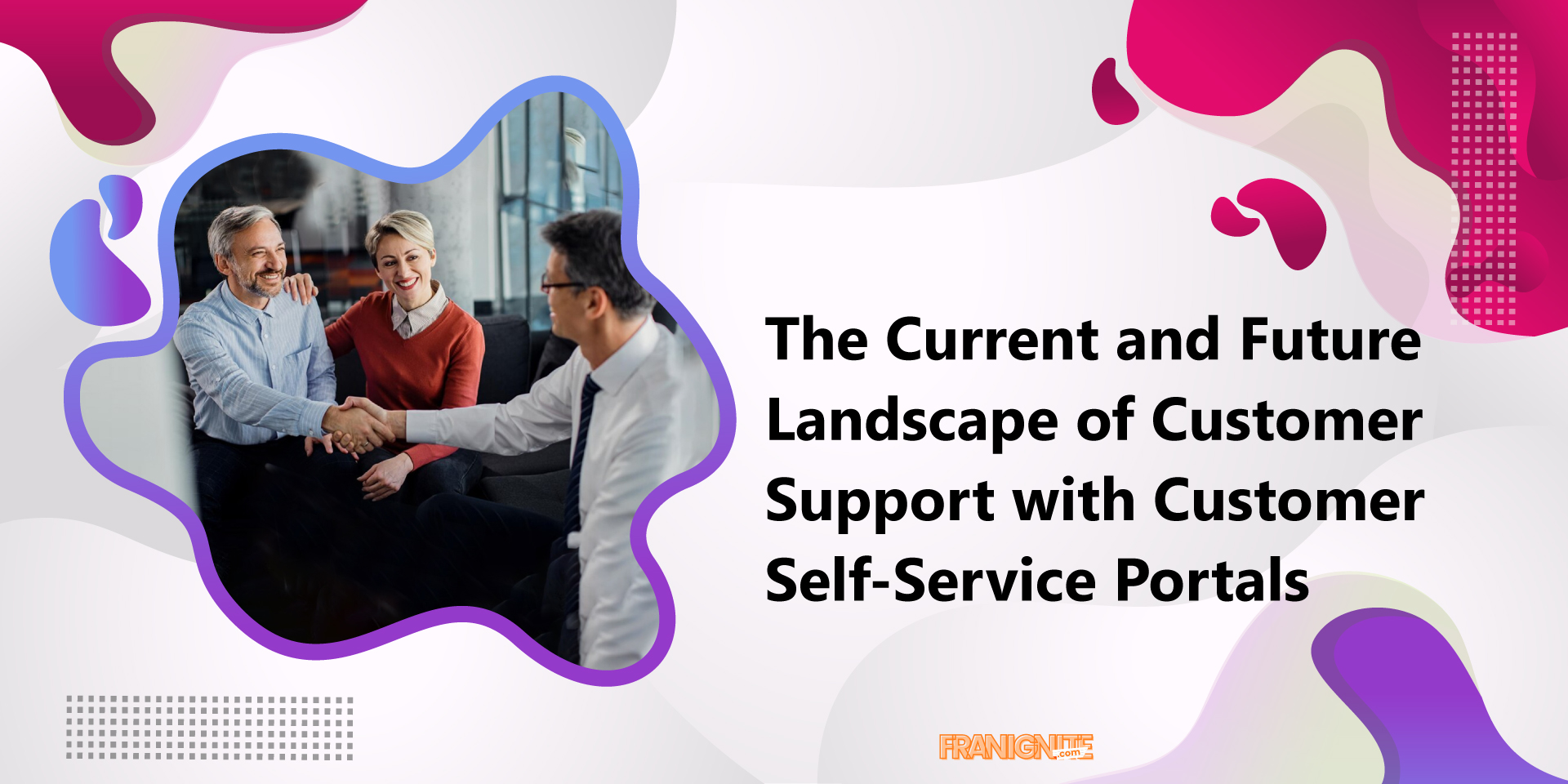In today’s fast-paced digital world, customer support plays a crucial role in ensuring customer satisfaction and loyalty. With the rise of technology and automation, businesses are embracing customer self-service portals as a means to enhance the support experience. These portals empower customers to find answers, troubleshoot issues, and resolve inquiries on their own, without the need for direct assistance. This article explores the present and future of customer self-service portals, highlighting their benefits, challenges, and the potential they hold for transforming the customer support landscape.
The Benefits of Customer Self-Service Portals
Customer self-service portals offer numerous advantages for both businesses and customers alike. Firstly, they provide instant access to information, allowing customers to find answers and solutions at their convenience. This reduces dependency on support agents and eliminates waiting times, leading to improved customer satisfaction.
Moreover, self-service portals enable scalability, as they can handle a large volume of customer inquiries simultaneously. This ensures efficient support even during peak periods, without compromising on quality. Additionally, by empowering customers to resolve common issues independently, businesses can allocate support resources to more complex or specialized cases, enhancing overall service levels.
Furthermore, self-service portals contribute to cost savings for businesses. As customers can access information and resolve their own queries, fewer support agents are required, resulting in reduced staffing costs. This allows companies to allocate their resources strategically and invest in other areas of growth.
The Challenges and Overcoming Them
Implementing a successful customer self-service portal is not without its challenges. One key obstacle is ensuring that the portal is user-friendly and intuitive. Designing a simple and intuitive interface, optimizing search functionality, and organizing information effectively is critical to providing a seamless user experience.
Another challenge is maintaining up-to-date and accurate content within the portal. It is crucial to regularly review and update the knowledge base to reflect the latest products, services, and policies. This requires a dedicated effort to keep the information relevant and readily available.
Moreover, while self-service portals are designed to cater to a wide range of customer queries, there will always be complex issues that require personalized assistance. Striking the right balance between self-service and human interaction is essential to prevent customers from feeling frustrated or abandoned.
To overcome these challenges, businesses can implement user testing and feedback mechanisms during the development phase to ensure the portal meets customer expectations. Regular analysis of customer interactions and engagement with the portal can provide valuable insights to enhance its effectiveness.
The Future of Customer Self-Service PortalsLooking ahead, the future of customer self-service portals is promising. Advancements in technology, such as artificial intelligence (AI), chatbots, and natural language processing, will enable more sophisticated self-service experiences. AI-powered chatbots can provide personalized support, understand customer intent, and deliver accurate solutions in real time.
Additionally, integration with other systems, such as customer relationship management (CRM) platforms and e-commerce solutions, will enable a seamless flow of information and transactional capabilities within the self-service portal. This will further streamline the customer experience, allowing them to access order history, track shipments, and make purchases directly through the portal.
Furthermore, as customer expectations continue to evolve, self-service portals will need to adapt. The future will see increased emphasis on multimedia content, such as video tutorials and interactive guides, to cater to different learning preferences. Gamification elements, such as badges or rewards, can also be incorporated to incentivize customers to utilize self-service options.
Customer self-service portals have become an integral part of modern customer support strategies. By empowering customers to find answers and resolve issues independently, businesses can enhance customer satisfaction, reduce costs, and improve overall support efficiency. While challenges exist, such as usability and content management, the future holds great promise for self-service portals with advancements in technology and integration capabilities. As customer expectations continue to evolve, businesses must embrace these portals as an essential tool in their support ecosystem to stay competitive and deliver exceptional customer experiences.
Liked what you read? Follow us on Linkedin.
Want your franchise news to be covered? Send your Press Release.




